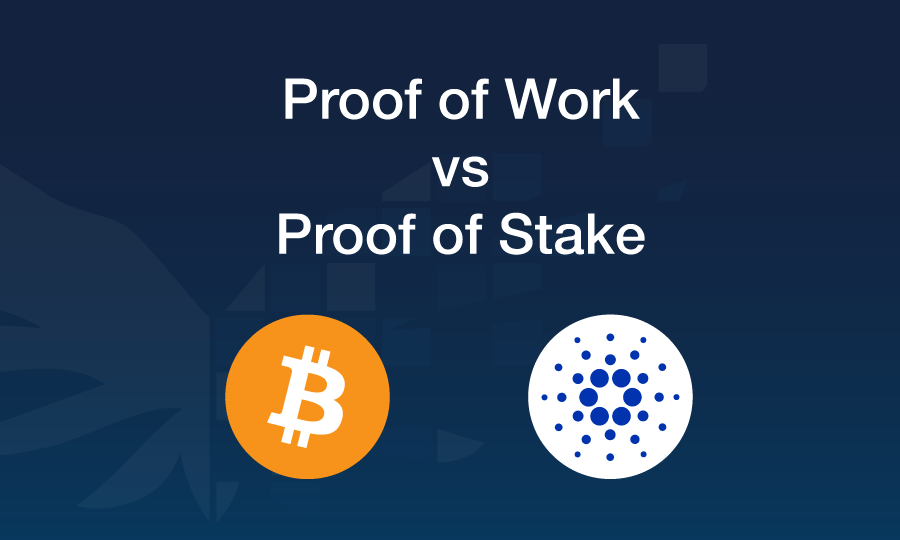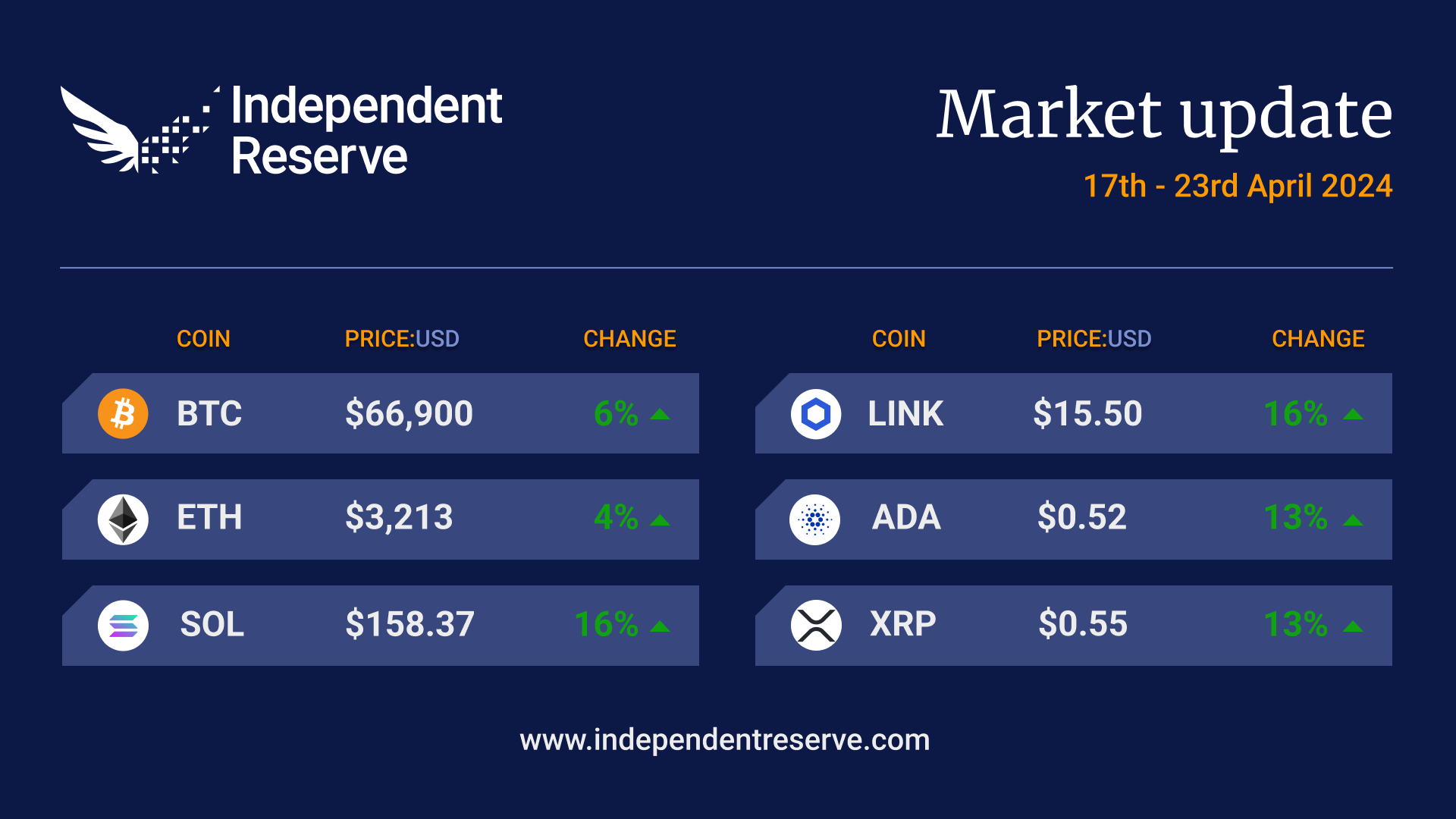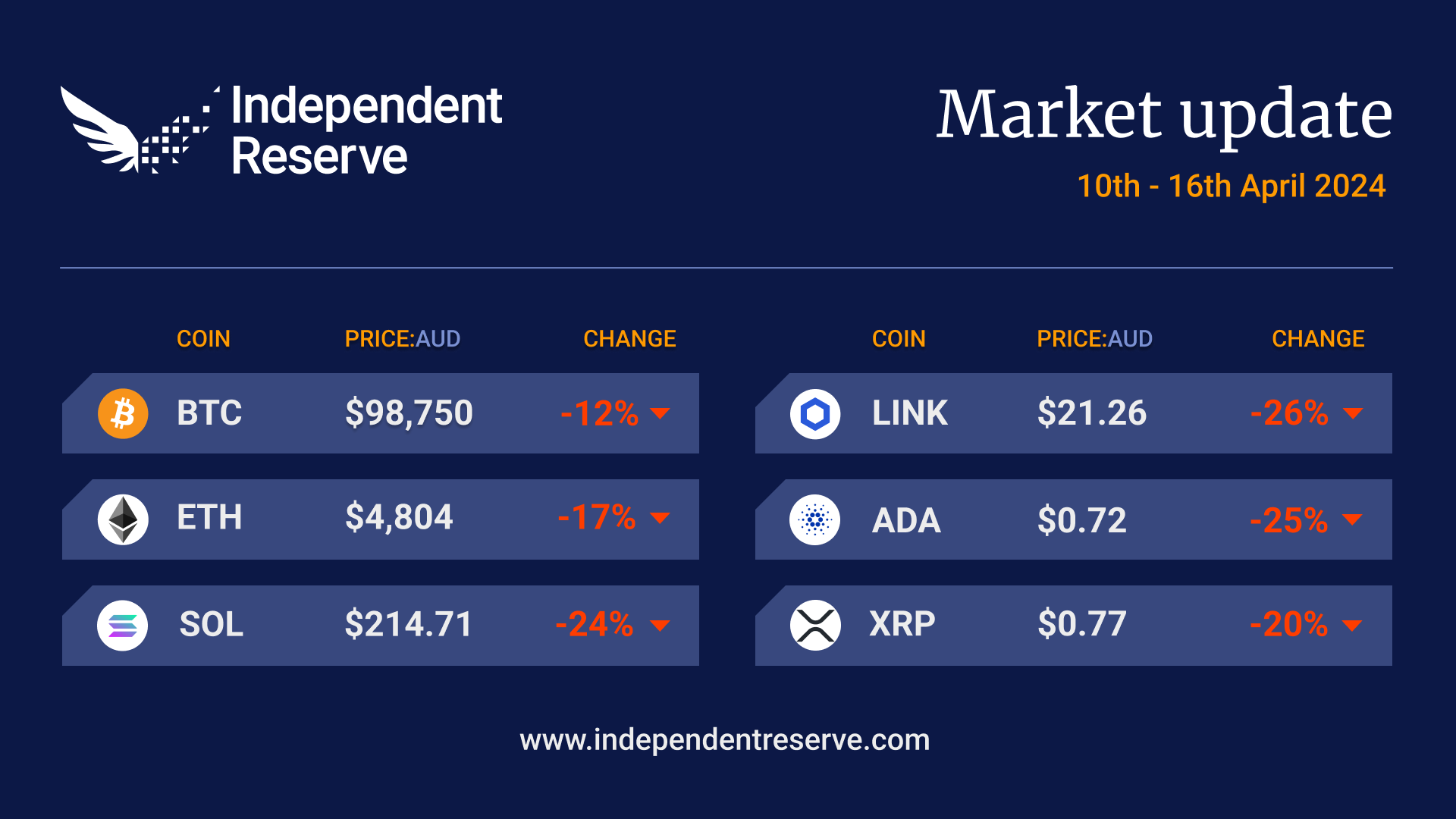
Putting the block in blockchain
When it comes to understanding the fundamentals of cryptocurrency, it’s hard to look past Proof of Work (PoW) and Proof of Stake (PoS): two hugely important mechanisms in reaching consensus.
But to understand PoW and PoS, it’s worth finding out what consensus means, and why ‘reaching consensus’ on the blockchain is so important.
So let’s get into it.
Reaching consensus
‘Reaching consensus’ is a sophisticated process designed to achieve agreement in blockchain systems. In effect, it’s a simple, verifiable way to keep bad actors from replicating assets, and establishing trust between users.
What are the benefits of a consensus mechanism?
- Removes layers – rather than relying on centralised systems to establish trust, consensus is coded to achieve trust efficiently and without human error
- Strength – the record is cemented on the ledger and can never be changed
- Privacy & security – by removing the human element of the process, users are at much less risk of losing funds, being scammed, or having personal data stolen
- Transparency – with personal information removed from the process, the processes can be much more open and transparent
Proof-of-work (PoW)
What is proof-of-work?
In technical terms, Proof-of-work is a consensus algorithm that requires nodes to perform energy-intensive computations to solve puzzles before new blocks are added to the blockchain.
The more difficult this puzzle-solving process becomes for each node, the harder it becomes for any single entity to cheat the system and corrupt it by adding false transactions into blocks. It’s an effective, decentralised way to ensure nobody is duplicating an asset.
Block rewards – what are they?
Block rewards are an integral part of the Proof-of-Work system. Block Rewards provide an incentive for miners to process and verify transactions on the blockchain ledger by solving a complex mathematical problem. For example in Bitcoin, Block Rewards refers to the number of Bitcoins a miner gets for successfully mining a block of currency. Likewise in Ethereum, miners receive a digital token called ‘ether’ for their efforts, as well as a reward for verifying a transaction – what’s known as a ‘gas’ fee.
Moreover, block rewards are how new cryptocurrencies generated. The reward received varies from crypto to crypto.
How do block rewards work? Here’s an example in simple terms using Bitcoin:
- A miner becomes the first of many to solve a complex math problem
- By doing so, new Bitcoins are created and awared to the miner
- A network of other miners verify this block and the first miner is rewarded
- The process repeats approximately every ten minutes
Blockchain protocols that use proof-of-work (PoW)
Proof-of-stake (PoS)
What is proof-of-stake?
Proof-of-stake is another type of consensus mechanism. To achieve distributed consensus, users ‘stake’ their assets, turning them into validators on the network. Similar to the Proof-of-work consensus, stakeholders order transactions and create new blocks. PoS seeks to solve a number of problems that may arise in the PoW consensus protocol.
- More energy efficient – removes the need for large amounts of mining hardware
- Low barrier to entry – staking can be done easily on any computer
- More decentralised – more people can do it more often, increasing competition
Does it work well?
With proof of stake, there are no puzzles for miners to solve, instead, there are stakeholders, who need to prove ownership over their coins by making a financial deposit or contribution to the blockchain’s operation, in order to mine new ones.
This deposit acts as a kind of “vote” in support of whatever transactions are being made on the blockchain. If more than half these “votes” are phony then they will be detected and rejected from the system, ensuring that only valid transactions can go through.


